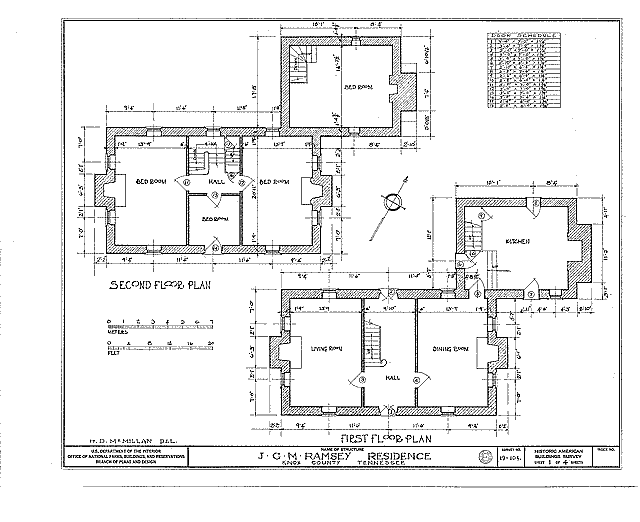

Asserting a price on a college rental property is a complex decision.
It is a balance between the implications that both an unlisted price and a listed price have. If your property chooses to keep the prices off of the internet, and require a phone call then you get the added advantage of already have a “foot in the door” with the potential tenant. However, by keeping the prices hidden, there is the underlying connotation that they are obscenely high.
On the opposite end of the spectrum, by listing your prices you are able to attract a specific target demographic but it can sever your chances of reaching more potential tenants.
Regarding the pricing debacle, The New York Times wrote an article titled “The Psychology of Pricing,” that details the struggle properties face when pricing their units.
The Times regarded pricing on three different levels. The first being to show pricing, the second being the withholding of pricing details and the third being the details of balancing pricing against on competing properties.
On the issue of calculating a somewhat lower price for your properties rent, the Times noted “An equally compelling reason to fly low is to adhere to psychological “breakpoints.” These are dollar thresholds that buyers are most likely to select as the top amounts they are initially willing to spend or to use in Internet searches.”
This is specifically targeting those properties who charge $5 to $10 dollars less than their competitors and then appear to be a steal. In instances such as this listing, a price is beneficial because it makes potential tenants feel as if they are receiving a “deal.” This method is common across the nation with a battle for the lowest price within a certain margin that will still bring profit without overwhelming possible tenants.
Those properties that withhold pricing are not completely isolated from reaching a larger demographic as a detailed website illustrating amenities and other inclusions in the rent will make the potential tenant feel as if it an “all in one” lease.
Priceonomics Data Studio found in a study that “the number of bedrooms and bathrooms (highly correlated with square footage) are the biggest drivers of price. The amenities that were most associated with higher rent were having an elevator, having a doorman, parking included and laundry in the unit, with each city having some variation.”
College students are aware of the average prices in their target cities. A large price will not intimidate them because more than likely it’s due to factors such as location or inclusion of specific amenities.
“It is important to recognize that not all apartments are easily comparable. A studio, one bedroom, and two bedroom apartment are all very different, and this could impact our median price calculation. To account for this difference, we broke out our city view to compare median price by a number of bedrooms,” continued Priceonomics Data Studio.
College students are also not the most likely to pick up the phone and reach out. The millennial generation relies heavily on the internet for most things including apartment hunting.
In the event that your property relies on an application to configure the pricing for available units daily, the inclusion of this on the listing could sway a potential tenant to make a phone call and learn more. Properties are also utilizing graphics that display the average pricing in their area versus other popular areas to give future tenants a more holistic idea of the market in which they are looking.
Camouflaging your properties pricing to encourage a “foot in the door” mentality is a good ideology.
However, it hinders your property from appearing in price lead searches on popular search engines such as College Rentals and thus hinders it from being easily accessible to the target demographic.




 Equal Housing Opportunity
Equal Housing Opportunity

